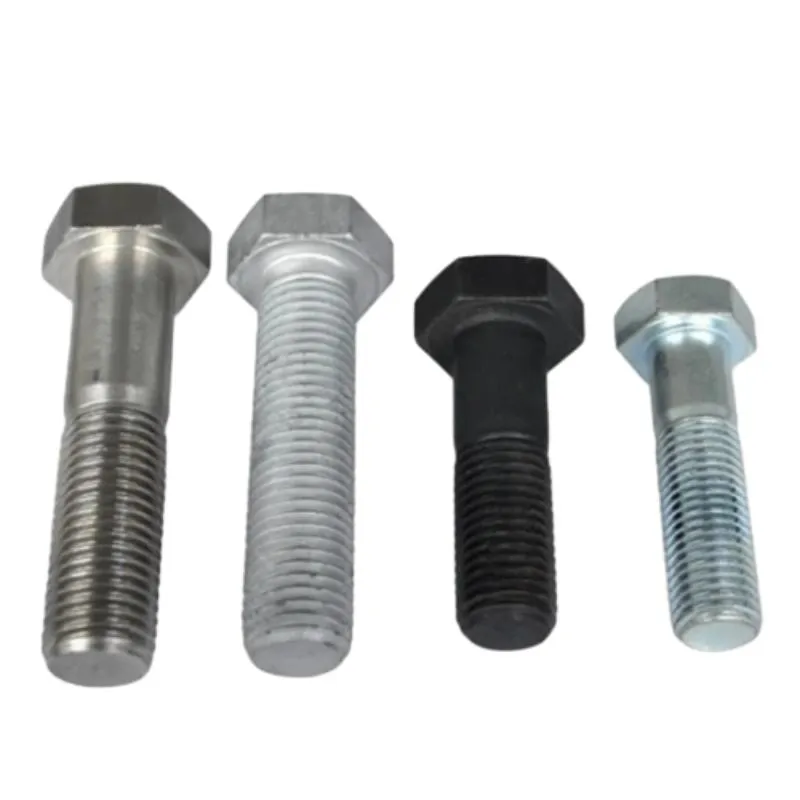Nov . 10, 2024 22:31 Back to list
Grounding Solutions with Beam Clamps for Enhanced Electrical Safety and Performance
The Importance of Beam Clamps for Grounding
Grounding is a critical aspect of electrical safety and functionality in various applications, particularly in industrial and commercial settings. One crucial component in grounding systems is the beam clamp. This seemingly simple device plays a significant role in ensuring that electrical installations remain safe and effective. In this article, we will explore the function of beam clamps, their importance in grounding, and the considerations for their proper use.
What is a Beam Clamp?
A beam clamp is a mechanical device designed to secure grounding conductors to structural elements such as beams or girders. Typically made from durable materials like steel, beam clamps can provide a robust connection point for grounding systems. They are available in various sizes and designs to accommodate different beam types and grounding requirements. The primary purpose of a beam clamp is to ensure a solid electrical connection that can safely carry fault currents away from equipment and users.
The Role of Beam Clamps in Grounding
The primary role of beam clamps in grounding applications is to connect grounding wires or cables to metal structures, facilitating a path for excess electrical energy during faults. This connection is vital for the following reasons
1. Safety Grounding is essential for protecting personnel and equipment from electrical shocks and faults. By securely connecting grounding conductors to structural elements with beam clamps, the risk of electrical hazards is greatly reduced.
2. Fault Current Management During a fault condition, it is crucial to provide a low-resistance path for fault currents. Beam clamps help achieve this by ensuring that grounding connections remain intact and capable of handling high currents without breaking or overheating.
3. Equipment Protection Proper grounding with beam clamps helps protect sensitive electrical equipment from voltage spikes and surges, thereby prolonging the life of these systems and minimizing downtime.
4. Compliance with Regulations Many electrical safety codes and standards, such as the National Electrical Code (NEC) in the United States, mandate the use of grounding systems for various installations. Using beam clamps as part of this system ensures compliance with legal safety requirements.
Choosing the Right Beam Clamp
When selecting beam clamps for grounding purposes, several factors should be considered
beam clamp for grounding

- Material Opt for beam clamps made from corrosion-resistant materials like galvanized steel or stainless steel, especially in environments exposed to moisture or corrosive substances.
- Size and Compatibility Ensure that the beam clamp is compatible with the size of the beam and the grounding conductor being used
. An ill-fitting clamp may not provide a secure connection.- Load Capacity Check the load capacity of the beam clamp to ensure it can handle the expected fault currents in the system.
- Installation Ease Look for clamps that are easy to install and require minimal tools. This can save time during installation and maintenance.
Installation Best Practices
Proper installation of beam clamps is crucial for effective grounding. Here are some best practices to keep in mind
1. Use the Right Torque When securing a beam clamp, use the recommended torque settings to avoid damaging the beam or the clamp itself.
2. Inspect Regularly Regularly check beam clamps to ensure they remain secure and free from corrosion or damage.
3. Follow Manufacturer Guidelines Always adhere to the manufacturer’s installation guidelines and recommendations for the best results.
Conclusion
Beam clamps are a vital component in grounding systems, ensuring safety and compliance in electrical installations. By providing secure connections between grounding conductors and structural elements, they help manage fault currents, protect equipment, and enhance overall safety. Selecting the right beam clamp and installing it correctly can significantly contribute to the reliability and efficiency of electrical systems. As we continue to innovate in electrical safety practices, beam clamps will remain a fundamental element in the grounding landscape.


